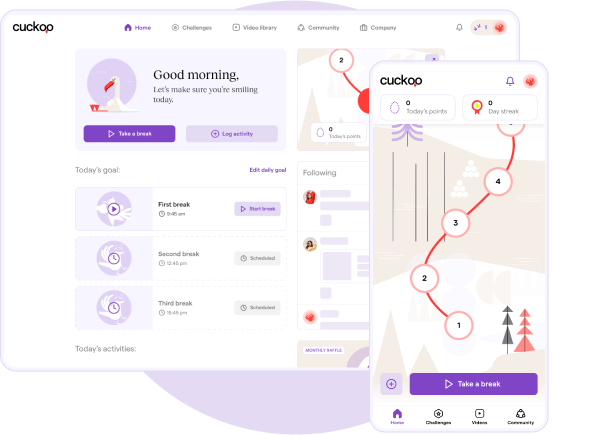What Does Workplace Wellbeing Consist Of?
Practically, workplace wellbeing is visible in everyday life as meaningful work, resilience, and consistent performance. It is the sum of many factors and is created through the collaboration of the work community. A sense of purpose, confidence in your skills, and the ability to make decisions and influence your work are crucial for workplace wellbeing.
Workplace wellbeing consists of several separate areas. Understanding these areas and developing them can enhance workplace wellbeing.
1. Workplace wellbeing and internal motivation
An internally motivated employee is motivated by the work itself and by knowing they can develop. Internal motivation encourages long-term activity and increases self-confidence and efficiency. It is one of the sustaining forces of creativity, as without internal motivation, reaching a flow state is more difficult and organising tasks is unclear.
Employees’ internal motivation can be boosted by discussing the meaning of work, their desires, and the skills they would like to develop. When your voice is heard, you can jointly promote the meaningfulness and significance of work – and thus also improve workplace wellbeing.
2. Reciprocity and Community
Reciprocity increases community and social capital, which are known to be linked to reduced morbidity and a lower risk of depression. Maintaining community requires effort, and with hybrid work, social contacts and non-work interactions decrease. This significant shift in work demands even more investment in community and, through it, workplace wellbeing.




